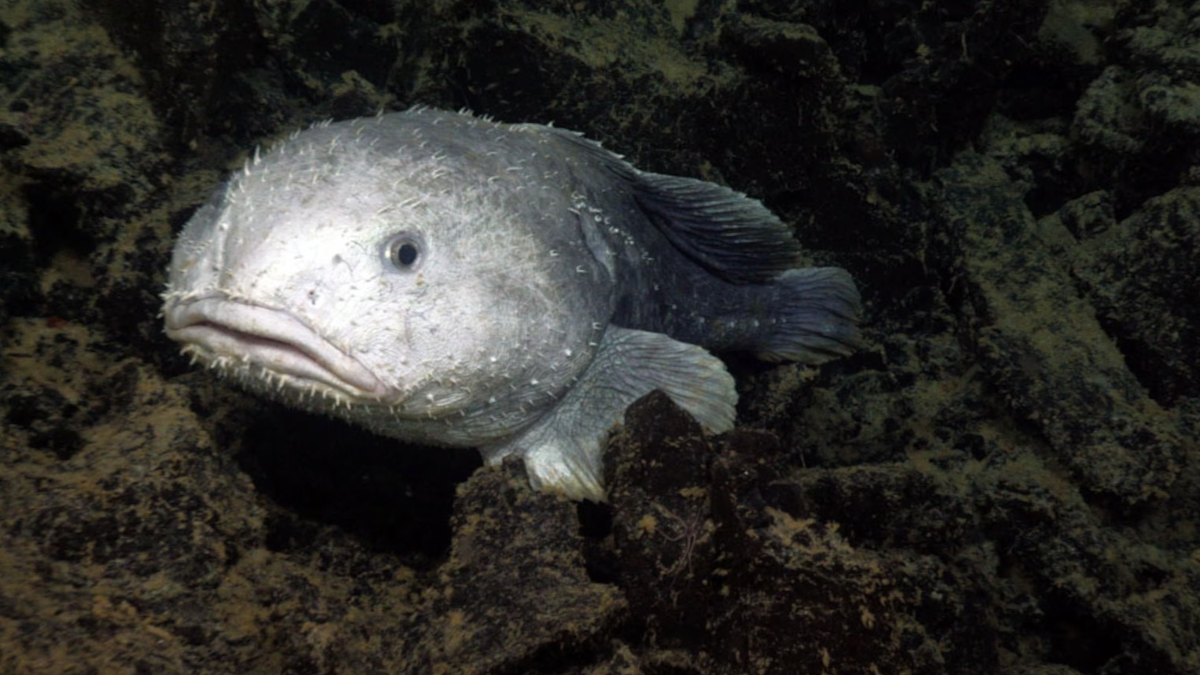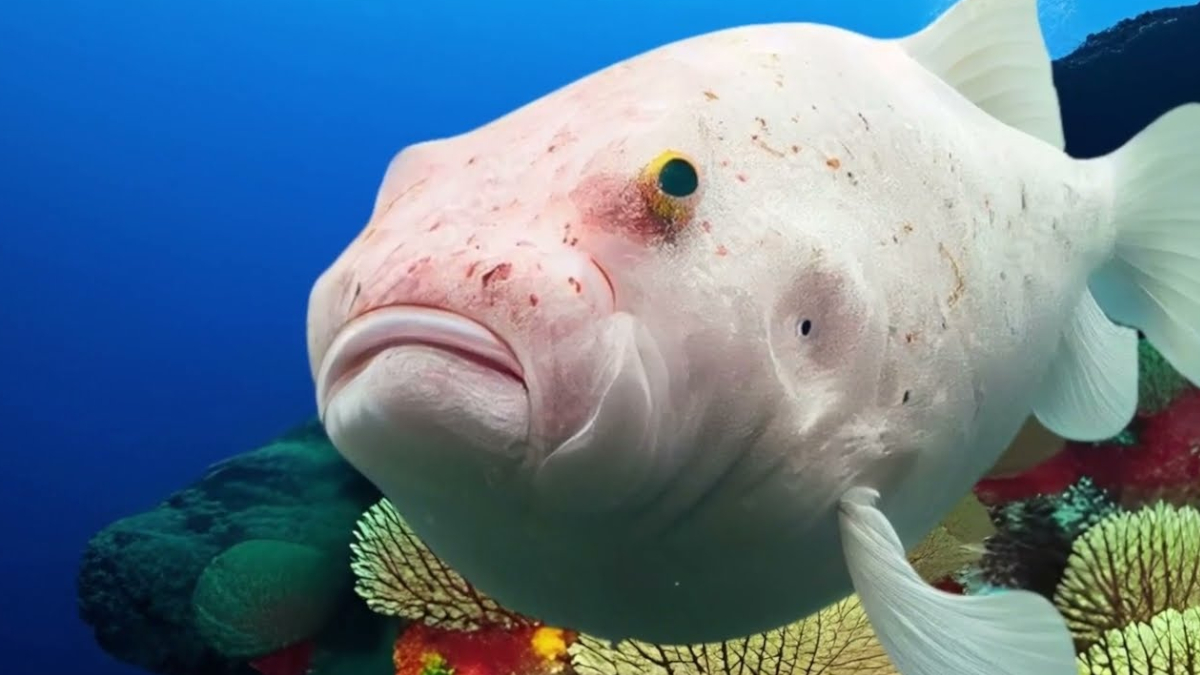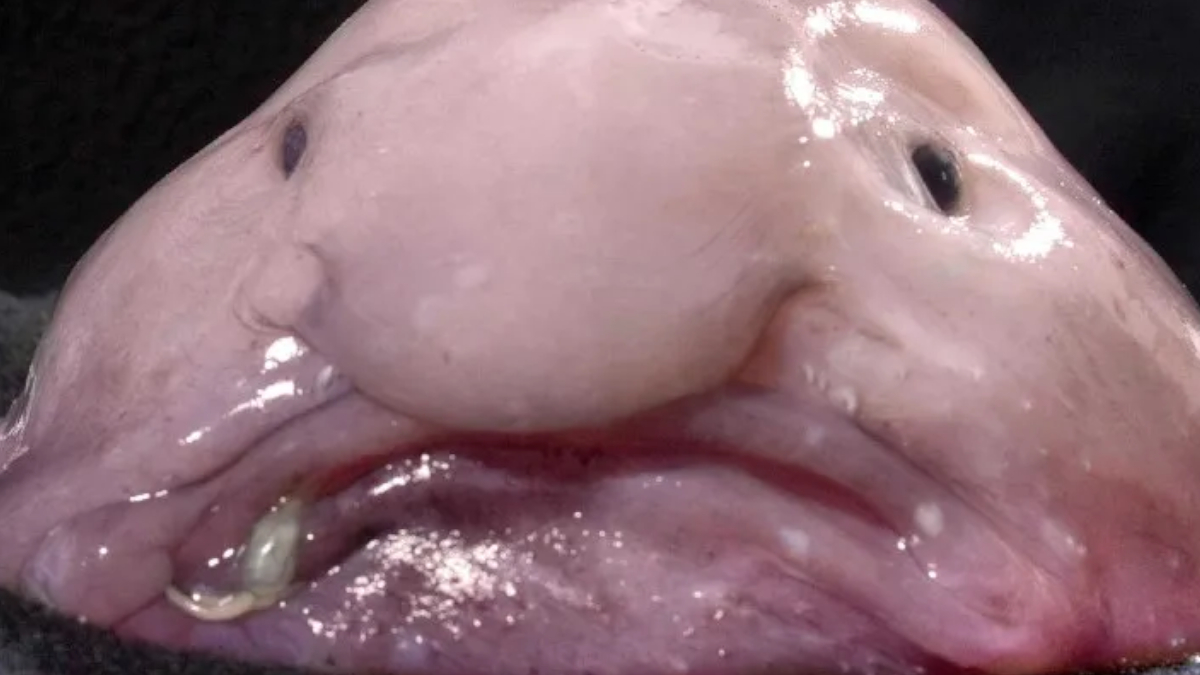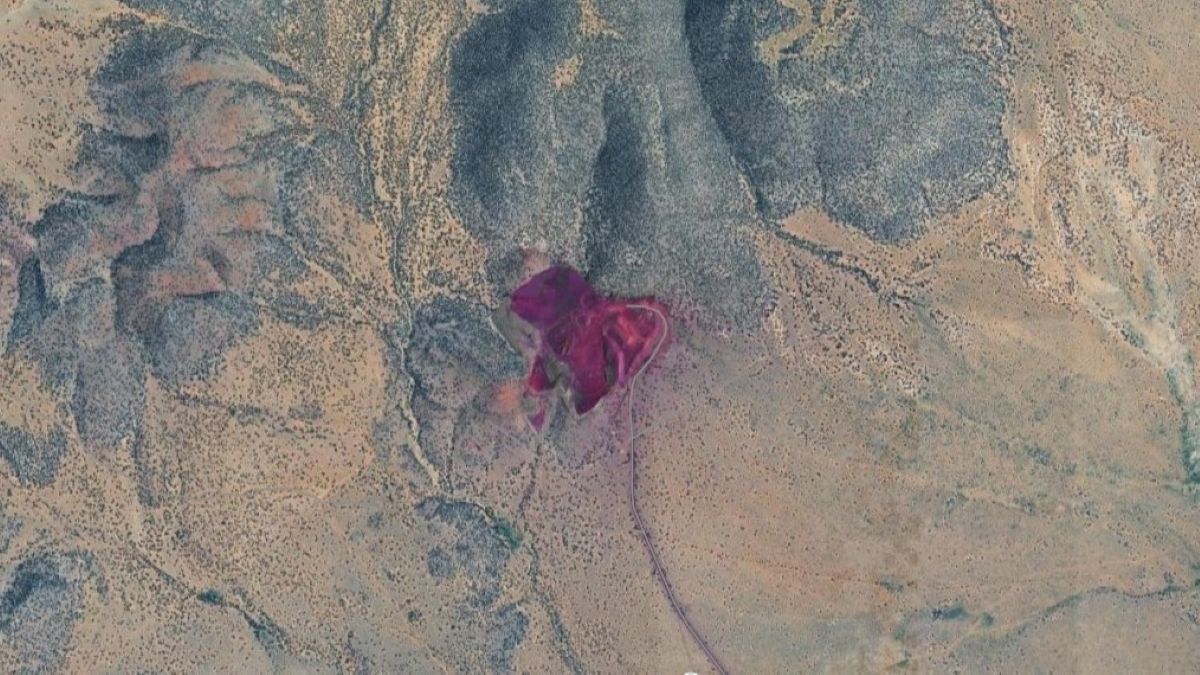Even if you didn’t know the creature’s name, there’s no doubt you’ve seen a blobfish — unless you’ve lived under a rock since the internet became a thing.
Blobfish are hideous, perennially sad-looking creatures that have been featured in many memes over the years (“How I feel on Mondays,” “Blobfish is my spirit animal,” “Sad blobfish is sad,” “Go home evolution, you’re drunk,” and so forth).
It’s probably fair to assume you don’t know much about them other than they look like a pile of slime with a frown drawn on. But fear not — this piece is here to change that. When you’re done reading, you’ll be clued up with some of the most interesting facts about the world’s ugliest living thing. Get ready to amaze everyone at your next social gathering. Here are ten facts about the blobfish.
10. They’re part of a large family of fish
Blobfish belong to the Psychrolutidae fish family, which comprises 35 recognized species in eight genera. The specimen in the most famous photo of a blobfish (in this article’s featured image) has the scientific name Psychrolutes microporos.
Every member of the Psychrolutidae family is a bottom-dwelling marine sculpin. They’re tadpole-like in shape, with large heads and bodies that taper back into small, flat tails. Loose skin covers a gelatinous layer of flesh, and eyes are high on their heads. Most species have pectoral fins resembling leaves and lack scales, while others are covered in soft spines.
9. They’re not quite as hideous as the famous photo suggests
Blobfish aren’t going to win any beauty pageants anytime soon, but they aren’t quite as sad-looking or ugly as that famous photo suggests. That specimen is obviously out of water and, most importantly, dead, so it isn’t looking its best.
When blobfish are removed from the water, they expand due to decompression, their skin relaxes, and their features distort, resulting in a big nose and frowning mouth. Placing them on a solid surface worsens matters, as their gelatinous tissue loses its structure, causing the creature to transform into a shapeless mass of mushy flesh, hence the appearance of our famous friend.
8. They live in three oceans
For such cumbersome-looking creatures, blobfish sure do get around. They frequent no less than three oceans in different parts of the world.
Various species of blobfish are found in the Atlantic, Pacific, and Indian Oceans. While most blobfish reside in the waters around Australia and New Zealand, others can be found deep in the sea between the United States and Europe.

7. You won’t find them near the surface
If you’re planning on fishing for blobfish with a standard rod, don’t bother. While many fish species can be found swimming near the surface of the waters they inhabit, blobfish are strictly deep-sea fish.
To find a blobfish in its natural habitat, you’d typically have to head to depths between 300 and 1,700 meters. They’ve been seen as close to the surface as 100 meters down and as deep as 2,800 meters.
6. They have no swim bladder
A significant factor in why blobfish don’t hang near the surface is that, unlike most fish species, they lack a swim bladder. This makes their swim style lazy and lacking anything resembling effort. A swim bladder is an organ resembling an air sac that helps fish swim near the surface to control their buoyancy.
If blobfish had one, they’d be crushed under the immense pressure at the depths they live at. Instead, the blobfish’s fatty body composition, less dense than the water it lives in, keeps them safe.
5. They eat whatever comes their way
As we’ve already established, blobfish are incredibly lazy. Therefore, it should be no surprise that they’re far from aggressive predators. Their modus operandi regarding sustenance is to eat whatever comes their way.
Their neutral buoyancy means they float around randomly. So, rather than hunting, if they float near something edible, or if something edible swims or floats near them, they’ll pounce on it and consume it. They’ll eat sea snails, sea urchins, bacteria, crabs, and lobsters, amongst other things.
4. They lay thousands of eggs
Not much is known about blobfish reproductive habits, as observing them when they live so far beneath the surface is challenging. It’s presumed that once blobfish find a mate, they cling to them for life due to their chronic laziness and lack of movement.
However, what is known about them is that they lay thousands of eggs at a time. They’ve been observed laying them on rocks and patrolling the area from nearby. It’s also believed that expectant blobfish mothers will gather and make nests near each other as a protection method.

3. They have no known predators
The blobfish should consider itself quite lucky because it has no known predators, but that doesn’t mean there are no threats to its survival.
Destructive human activities, such as deep-sea fishing and bottom trawling (when a weighted fishing net is dragged along the sea floor), can put blobfish at risk. Moreover, as a creature that thrives in colder waters, blobfish are at serious risk of being negatively impacted by the world’s warming oceans (organizations like the Ugly Animal Preservation Society are doing their best to raise awareness of the dangers to blobfish wellbeing, which is nice).
2. They were first discovered as recently as 2003
The first blobfish was found in 2003 when a New Zealand research vessel crew member snapped a photo of a funny-looking creature during the NORFANZ expedition. It was hauled up from the depths of the Norfolk Ridge, north-west of mainland Aotearoa.
Due to its appearance, that first-known specimen was immediately given its name. Scientists nicknamed it “Mr. Blobby” after the round, pink British novelty television character of the same name. Since then, many more have been found and split into different genera.
1. It’s assumed they live long lives
As with many aspects of the blobfish’s existence, the finer details of their lifespan aren’t known. However, given what is known about most deepwater fish, it’s assumed they live incredibly long lives.
Fish that live so far down tend to grow slowly and take an extended period to mature fully. Take the rougheye rockfish, for example; it lives around 150 to 450 meters beneath the surface and can live for more than 200 years. Whether or not blobfish last that long is unclear, but there’s a strong chance they’ll outlive most humans.










Published: Apr 25, 2024 07:05 am